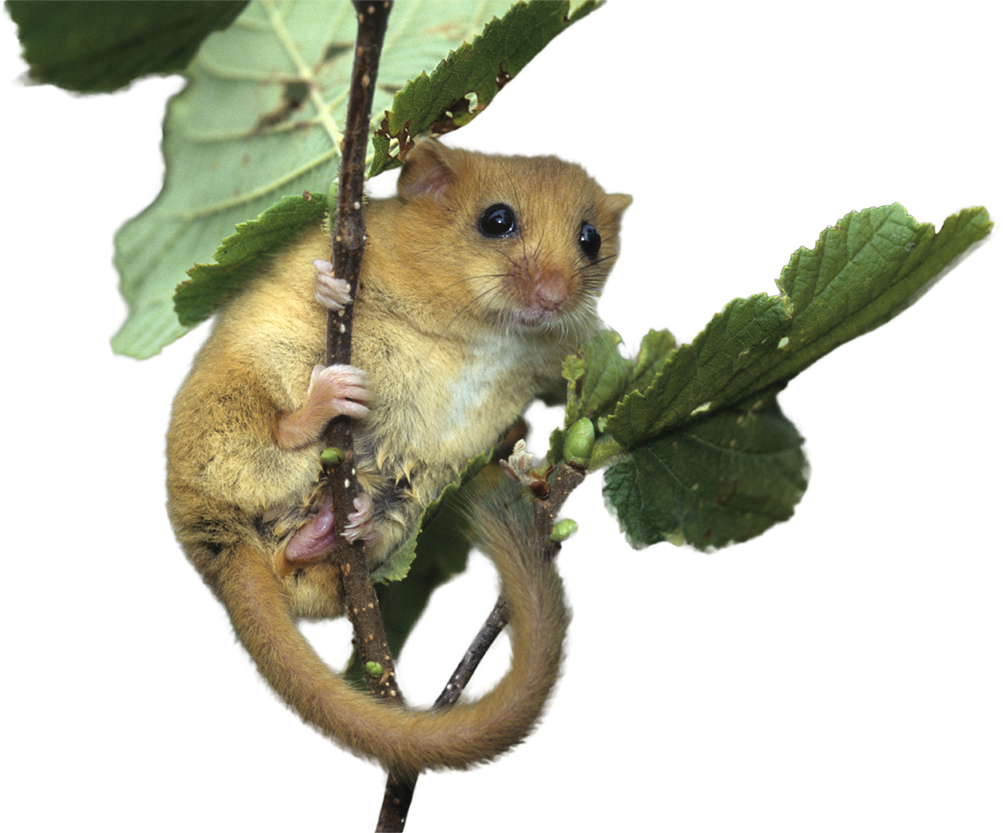Dormouse Surveys and Mitigation
The hazel (or common) dormouse is a nocturnal species predominantly associated with ancient woodland and hedgerow habitats, but can also occur in scrub and coniferous woodland. Its range is largely restricted to southern England and south Wales but even here its distribution is patchy and localised. Dormice lead an arboreal lifestyle during the summer months, rarely descending to ground level, but during the long months of hibernation (October to March/April) it nests in tightly woven grass, under leaf litter at the base of trees, hedgerows and coppice stools.
Dormice feed on a variety of seasonal food resources, including nectar, pollen, young leaves, insects, berries, seeds and of course hazel nuts. An interlinked canopy structure that doesn’t force them to ground but allows sufficient sunlight to maintain food availability are important determinants of habitat suitability for dormice. But their low density and slow rate of dispersal are such that habitat connectivity and absence of fragmentation are vital to maintaining a viable population.
If your development proposal will affect interlinked mature hedgerows, ancient woodland, hazel coppice or other suitable habitats, particularly in southern England, you may need to seek ecological advice before submitting a planning application.



